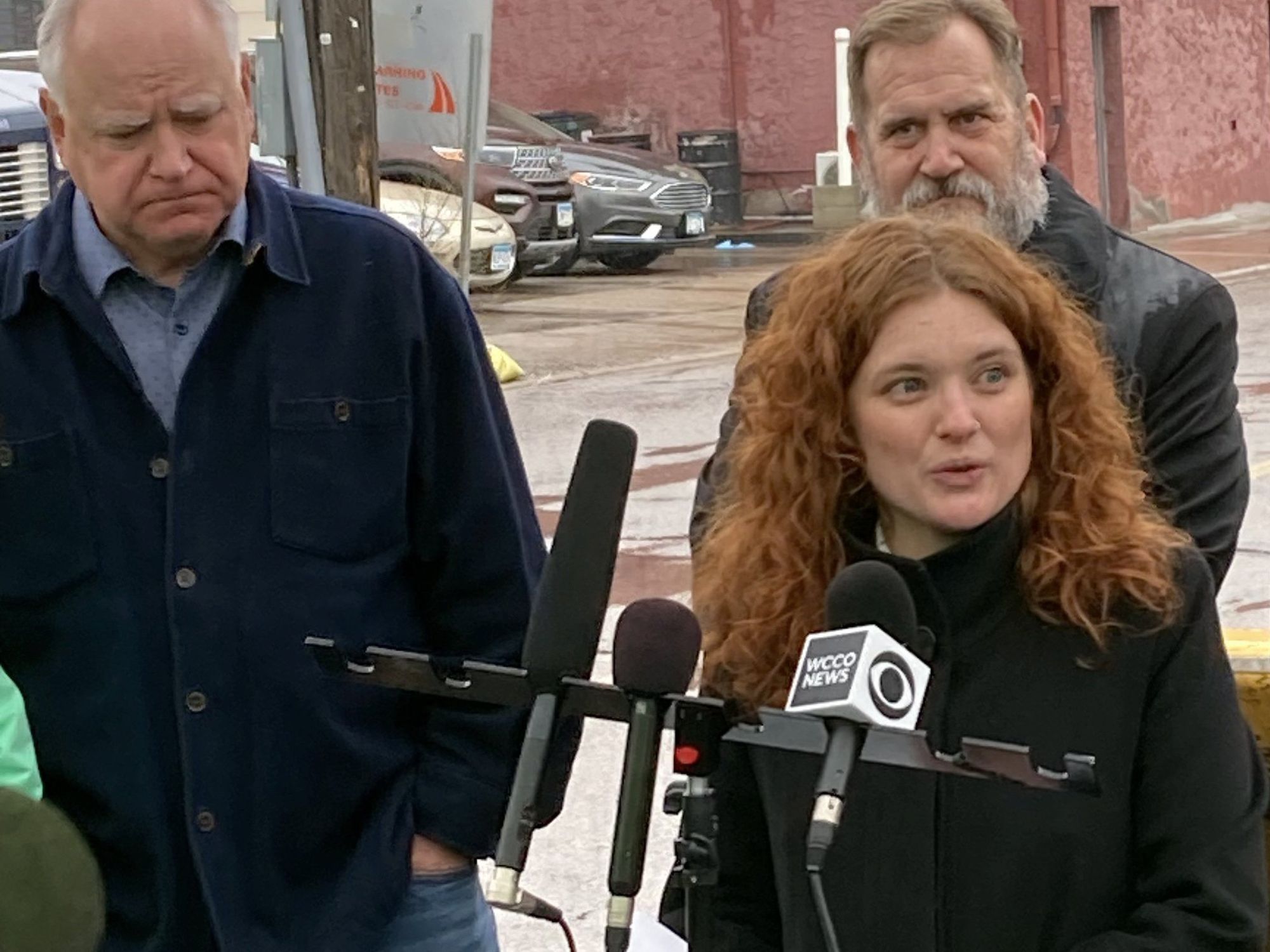
Last month, Minnesota passed a bill that will ban all nonessential uses of PFAS, a class of harmful chemicals that accumulate in people and the environment.
The first round of restrictions will take effect in 2025, banning the sale of PFAS-containing products from 13 categories, including menstrual products, cookware, children’s goods and certain types of firefighting foam.
By 2032, after the Minnesota Pollution Control Agency has conducted further investigations, all additional unnecessary PFAS uses will be eliminated as well, which could include products such as clothing. The new bill additionally requires companies to disclose which products contain intentionally added PFAS by 2026.
“It’s important that Minnesota be a leader in tackling PFAS because it was invented in Minnesota,” Democratic state representative Sydney Jordan, who helped to negotiate the final version of the bill, told Environmental Health News (EHN). “We need to create the solution for it.”
3M, the Minnesota-based chemical giant, developed the first PFAS in the 1940s. For several decades, 3M dumped PFAS-laced waste in four sites in the Minneapolis-Saint Paul region, contaminating the drinking water of roughly 140,000 residents. In 2018, the state of Minnesota settled a $850-million lawsuit against 3M.
PFAS, a class of more than 12,000 per- and polyfluoroalkyl substances, are nicknamed “forever chemicals” due to the ability to resist breaking down in water, soil and the human body. Dangerous in even minute amounts, PFAS are linked to a range of health harms including cancer, immune dysfunction and low birth weight. These substances, often used for their water, heat and stain-resistant properties, are found in a vast array of products such as cosmetics, food packaging, clothing, carpeting and electronics.
Advocates hope that the Minnesota bill can act as a roadmap for other states. “It really does prove that this can be done,” Avonna Starck, the state director of the advocacy group Clean Water Action Minnesota, told EHN. Minnesota adopted a broader definition of PFAS than the EPA’s, categorizing the substances as chemicals that contain at least one fully fluorinated carbon atom. “I’m hoping that other states mimic our language and hold firm on the definition, to keep it narrow and concise.”
“The jocks and the theater kids, and then there were the cancer kids”
The bill is also known as Amara’s law, after Amara Strande, a former student at Tartan High School in Oakdale, Minnesota, who developed a rare form of liver cancer at the age of 15. Cancer is so common at the school, which sits in the contamination plume of the 3M dumps, that students talk about “there being the jocks and the theater kids, and then there were the cancer kids,” Starck said. Strande was a passionate advocate for the PFAS bill, testifying numerous times before lawmakers. She passed away in April 2023, just two days shy of her 21st birthday. “She was in so much pain and she was so uncomfortable. But she was not going to go down without a fight,” Starck said.
While PFAS bans “can be the start to an effective management program,” there are certain limitations, Jamie DeWitt, an immunotoxicologist at East Carolina University who studies the health effects of PFAS, told EHN. These chemicals are so ubiquitous, she said, that companies might not even know if their products contain them or not. Flooring, for example, can contain multiple layers from several different manufacturers, who, for confidential business or proprietary reasons, may not be forthcoming about the chemicals their products contain. “Some companies will have to be very strategic about how they get information from their suppliers about intentionally added PFAS,” DeWitt said.
Chemical industry representatives met the bill with less enthusiasm. In a statement, Rudy Underwood, vice president of state affairs for the American Chemistry Council, said the bill was overly broad, would cost Minnesotans jobs and hamper access to cell phones, automobiles and other products. The bill, however, exempts the use of PFAS in items considered essential to health and safety, and for which no alternatives currently exist. These include car and airplane parts, medicines and biomedical devices.
State and federal PFAS bans
3M’s legacy of PFAS pollution in Minnesota is far from an outlier. Last week, 3M struck a tentative $10 billion settlement for dozens of PFAS pollution cases across the country, and is potentially on the hook for $143 billion in clean-up costs alone. According to company documents uncovered by the Environmental Working Group, 3M knew as far back as the 1960s that PFAS pose health risks and accumulate in blood, but kept this research secret from employees and the public. 3M announced in December that it will stop PFAS manufacturing by 2025.
While several other states have enacted legislation to reduce or ban PFAS, notably Maine and California, the Minnesota bill is the most comprehensive and has stricter definitions of what constitutes nonessential use. State-level legislation joins federal efforts: In March, the Environmental Protection Agency proposed the first national drinking water standard for six types of PFAS, limiting levels to the lowest detectable amount.
For Rep. Jordan, the idea that PFAS restrictions might be seen as controversial, or be met with opposition, is “pretty outlandish. This is a manufactured toxin that gives people horrible, rare forms of cancer.” Bans such as these, she said, aren’t something “we get to do. This is something that we have to do.”

